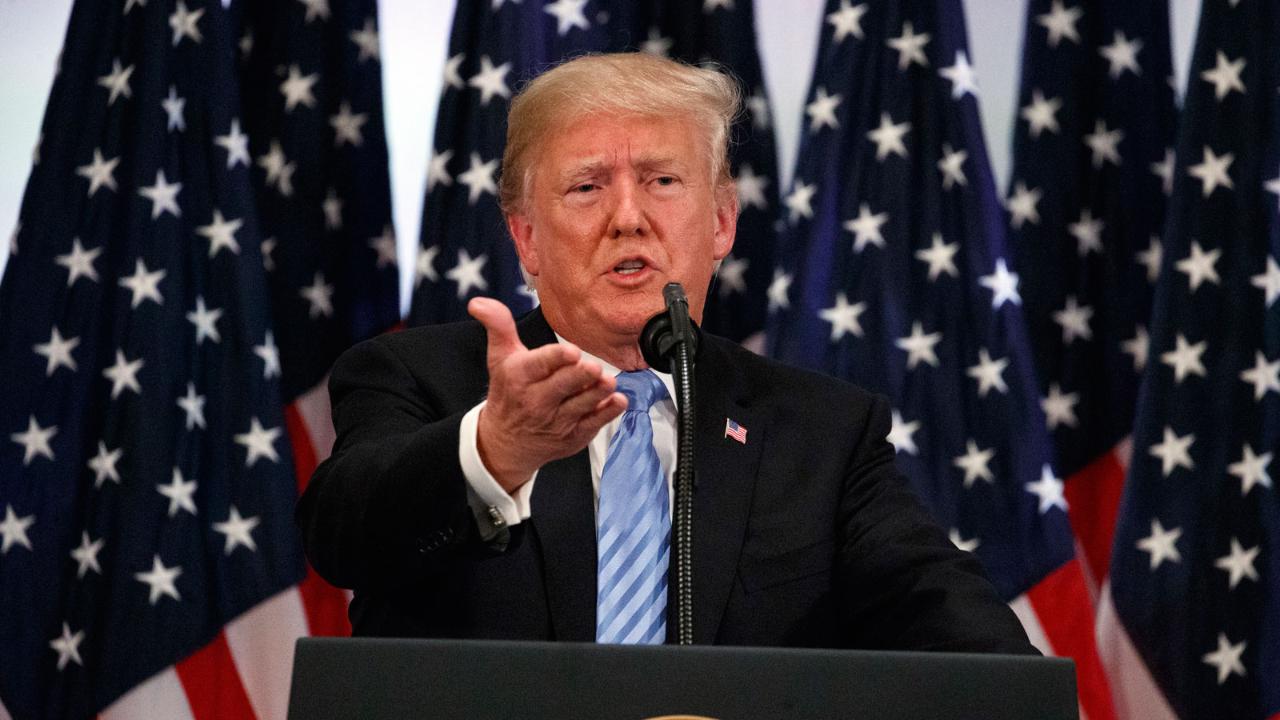Trump blamed the Fed for last week's market volatility. Is he right?
In the one week since a key economic indicator reignited recession fears, sending markets plummeting worldwide, President Trump has not shied away from blaming the Federal Reserve, and its chairman Jerome Powell, for the most recent string of bad news on Wall Street.
Last Wednesday, when the spread between the yields on the 2-year and 10-year Treasury notes inverted for the first time since the financial crisis, pushing stocks down, Trump returned to one of his most common criticism of the U.S. central bank: They raised interest rates too quickly, then acted too slowly to lower to cut them when the economic outlook darkened.
“Other countries say THANK YOU to clueless Jay Powell and the Federal Reserve,” Trump wrote in a tweet. “Germany, and many others, are playing the game! CRAZY INVERTED YIELD CURVE! We should easily be reaping big Rewards & Gains, but the Fed is holding us back. We will Win!”
Yield curve inversions, which are rare, are viewed as a good recession predictor because it means that investors believe, with the interest rate on long-term bonds lower than the rate on short-term bonds, economic growth is slowing and the Federal Reserve will be forced to lower the benchmark federal funds rate. The curve has since steepened.
“The global growth concerns are real,” said Josh Wright, the iCIMS chief economist and former Fed staffer. “Sure, they’re influenced by trade policy, but there are significant issues just internal to Germany, China and elsewhere. That’s very much what’s driving the concern.”
Economists agree, however, the inversion was largely driven by uncertainty surrounding U.S.-China trade negotiations, as well as sluggish global growth – not necessarily monetary policy.
“The global growth concerns are real,” Josh Wright, the iCIMS chief economist and former Fed staffer, told FOX Business. “Sure, they’re influenced by trade policy, but there are significant issues just internal to Germany, China and elsewhere. That’s very much what’s driving the concern.”
Ahead of the 2007 downturn, the Fed, led by then-Chair Ben Bernanke actually raised interest rates, even after the yield curve inverted. Trump urged policymakers to lower rates by at least 1 percent, pushing the benchmark federal funds rate range between at least 1 percent and 1.25 percent. (Rates are currently between 2 percent and 2.25 percent, historically low).
Still, in the U.S., economic data remains fairly healthy, evidence that the record-long, 11-year economic expansion is continuing to chug along at a steady pace and raising questions about whether a steep rate cut is necessary.
“The Fed should not be responding to every wiggle in the economic trend line,” Wright said. “They should be a steadying course in the economy.”
At its latest meeting in July, the U.S. central bank lowered borrowing costs by a modest 25 basis points — the first time it did so since the 2008 recession — but has remained mum about whether a second cut is warranted at its September policy-setting meeting or if it was merely an insurance cut.
Traders are currently pricing in a 100 percent chance of a second reduction, with most expecting another modest 25 basis point cut.
CLICK HERE TO READ MORE ON FOX BUSINESS




















